As a magnet, it got its name from the ancient tribe of magnets or "Magnesian stones".
In the history of the magnet, there are many old versions from different countries, how and where the name "magnet" came from. Quite interesting is the version of "Magnesian stones", which has many supporters, referring to scientific sources, in the sections - why a magnet is called a magnet.
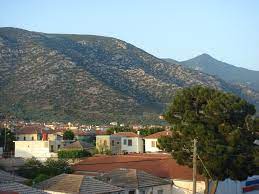
Img. Magnesia, Crete, present time.
To begin with, we need to go back to the days of antiquity in Ancient Greece. More precisely, in the coastal parts of Thessaly, where Magnesia, Magnisia or Magnezia was located (the exact name is changing). A Macedonian tribe lived there with its own beliefs, rights, laws. Given their beliefs, their own name appeared. They called themselves Magnets after their first king Magnet.
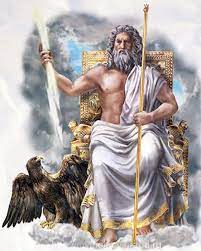
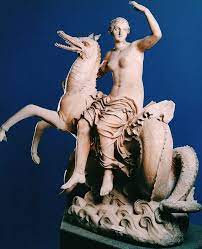
Img.№ 1 Mythology - Zeus, thunder and lightning; img.№ 2 Fia is a nymph.
Who was none other than the son of the god Zeus (according to ancient Greek mythology - a very authoritative father) and Phia - a nymph, daughter of the river god Kefis. It is rather difficult to figure out which data is the most accurate, assumptions in the sources of mythology, whose Magnet is a son, brother and father is quite a lot. One can only conclude that the character is worthy, since there are so many pretenders to his parents and relatives. All possible parents have one thing in common - they are all different ancient Greek deities, without exception. This mythological god Magnet began to rule over the people named after him - magnets, and the territory of their possessions - Magnesia. Over time, the magnets, having reached from Greece to Asia Minor, created cities with the same name Magnesia on the Meander and Magnesia near Sipil. The history of this people is quite rich, magnets have left a considerable mark on the history of the world. Let's go back to our magnets.
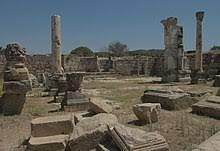
Img. The ancient city of Magnesia on the Meander
Indeed, in ancient times, the region had rich deposits of various minerals, especially natural magnets. The stones all together, without disassembling separately, were called "Magnesian stones", or "stones from Magnesia." Of all the others, there were two black ones - pyrolusite (manganese dioxide) and magnetite (magnetic iron ore, which is popularly known as a magnet).
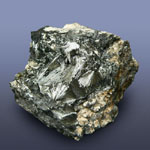
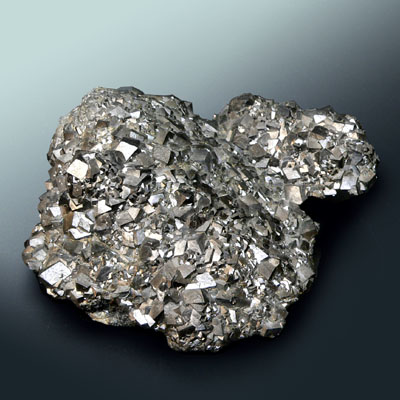
Img. No. 1 Pyrolusite ("Black Magnesia") and img. 2 Magnetic iron ore ("Magnetite") view on the cleavage of stones.
The ancient people of magnets, did not become too wise, called two stones by the same name "magnes". Apparently they had a fondness for the same name - cities, stones ... The magnets divided the two stones into female and male. Pyrolusite was attributed to the feminine principle, it has no magnetic properties, but by adding it to glass melting, the glass will become lighter. Over time, it received a separate ancient name "black magnesia". Magnetic iron ore, with its magnetic properties of attraction of iron, is assigned the masculine principle and the name "magnetite". It is the magnet that is the most powerful natural magnet of all magnets.
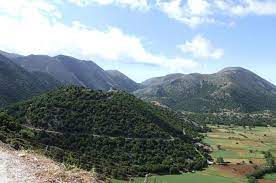
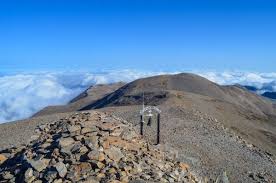
Img. № 1 Ida Mountain Range, Greece and img. № 2 Mount Ida, Greece.
On the territory of two Magnesias in different countries - on Crete in Ancient Greece and in Asia Minor, there are two mountains with the same name Ida, with pieces of natural magnet on their slopes. In present-day Turkey, Ida is now called Kaz.
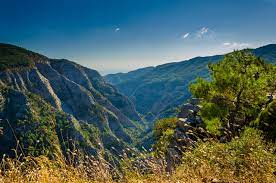
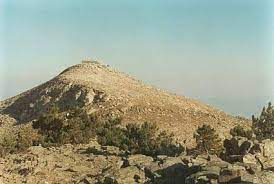
Img. № 1 Kaz mountain range, Turkey and img. № 2 Mount Kaz (in antiquity Ida), Turkey.
Both have deposits of magnetite (magnetic iron ore), from which lightning often strikes them. This gives rise to controversy, from what exactly Magnesia came the name "magnet". Most sources lean towards Thessalian Magnesia in Crete, that the magnet is named after this city.
There is an ancient Greek legend-parable about the shepherd Magnus, who found many magnets on Mount Ida and brought them to people, and the magnet was named after him - quite interesting. This legend of the magnet must be considered separately.
